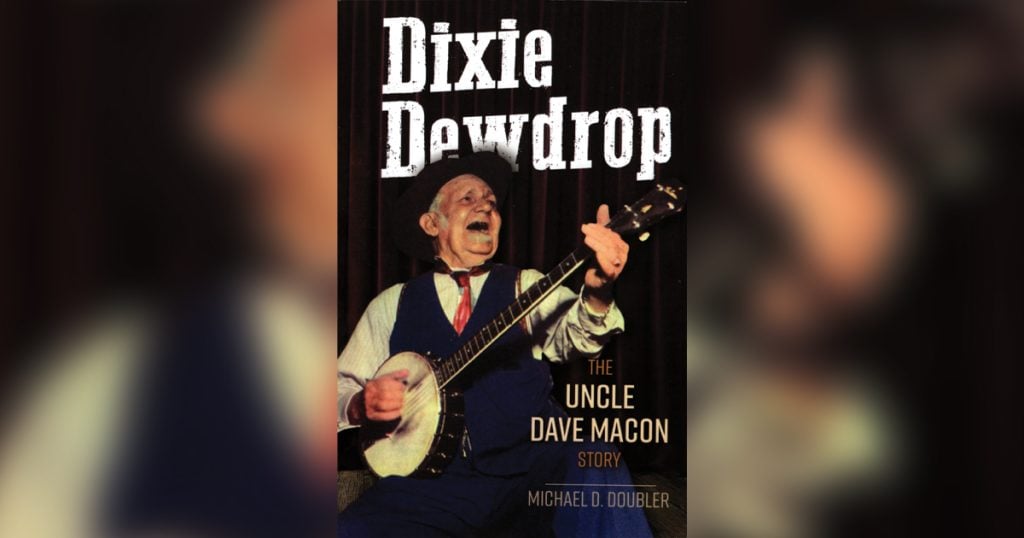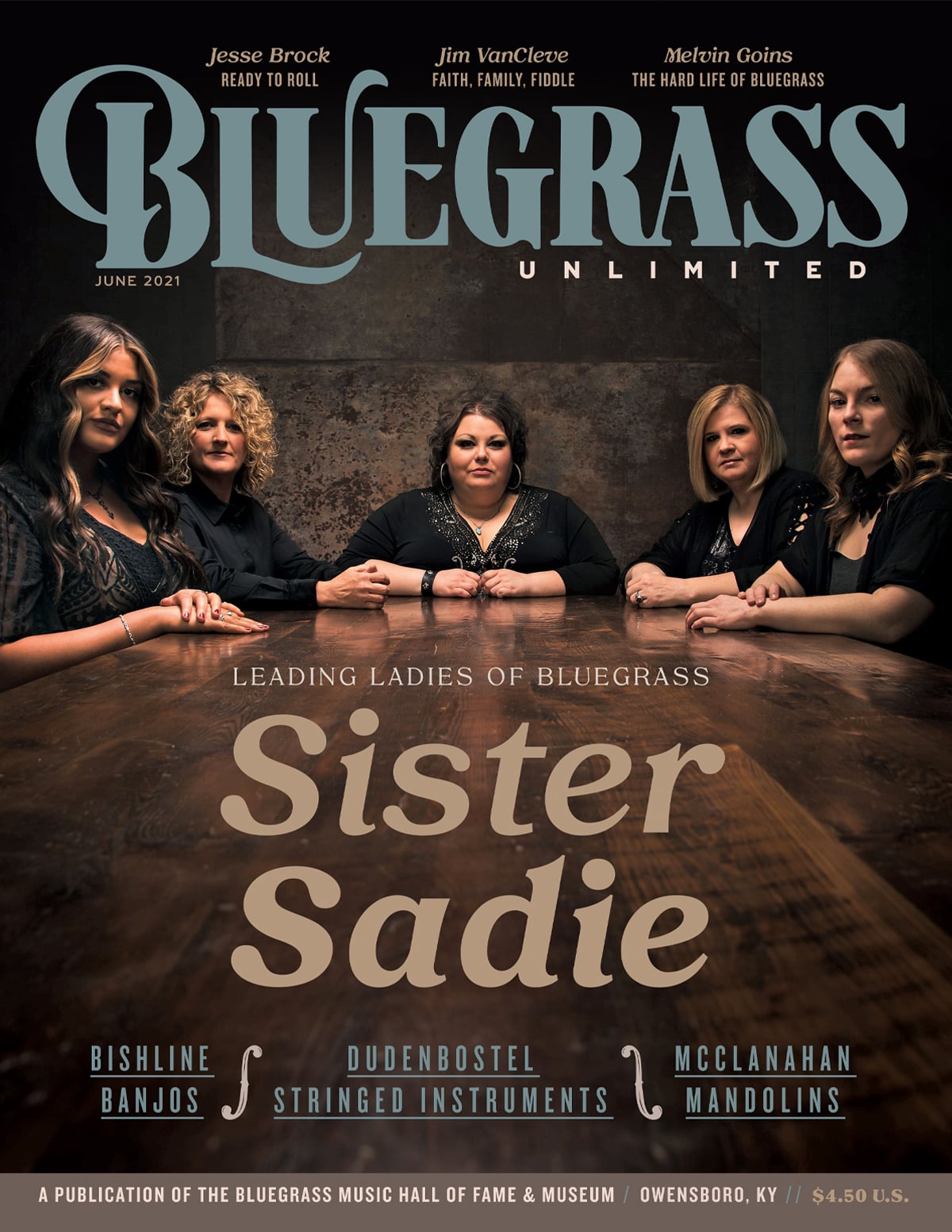Dixie Dewdrop: The Uncle Dave Macon Story
By Michael D. Doubler
Although Uncle Dave Macon was not a bluegrass performer, he was such an important part of the Grand Ole Opry from its earliest days until he passed away in 1952, that he can be considered somewhat of an important figure in the early development of bluegrass music. Uncle Dave Macon was such a dynamic and unique character that I think anyone who witnessed his performances would have been influenced by him in some way, including Bill Monroe.
This book includes a wonderful photo of Uncle Dave with Monroe that was taken some time in the 1940s and indicates that Uncle Dave routinely toured with Monroe during World War II. Monroe later hired Uncle Dave’s protegee, David “Stringbean” Akeman, to be a member of his band. Monroe was also a pallbearer at Uncle Dave’s funeral (along with Judge George D. Hay, Ernest Tubb, Roy Acuff, and Sam and Kirk McGee). In the book the author states “While Bill Monroe could sometimes be aloof or dismissive towards others, he and Dave Macon always got along well.”
This book’s author, Michael D. Doubler, happens to be Uncle Dave Macon’s great-grandson. To me, the fact that the author was related to Uncle Dave is good news because you know that he had access to family stories and records that a non-family member may not have had. The downside of books written by family members is that the family member may not be experienced at writing or historical research. This is not the case here. Doubler holds a doctorate in history. The downside of reading a book written by a person with a doctorate in history is that the book can get too bogged down in academic details. Not the case here. Doubler does a wonderful job of telling Uncle Dave Macon’s story in a way that is interesting, entertaining, informative, and enjoyable.
Doubler paints a very clear picture of who Uncle Dave Macon was as a son, sibling, husband, father, mule team driver, singer, banjo player, and entertainer. In reading this book the reader easily develops a real feel for the man and the musician. Along the way the reader also learns quite a bit about early country music in Nashville and at the Grand Ole Opry, early recording processes and companies, and what it was like to travel and tour in the days before interstate highways. Great insights are also revealed about early country personalities and performers like Roy Acuff, DeFord Bailey, the Delmore Brothers, the Carter Family, George D. Hay, Sam and Kirk McGee, and many more.
I highly recommend this book for anyone who has an interest in the history of country and bluegrass music.

